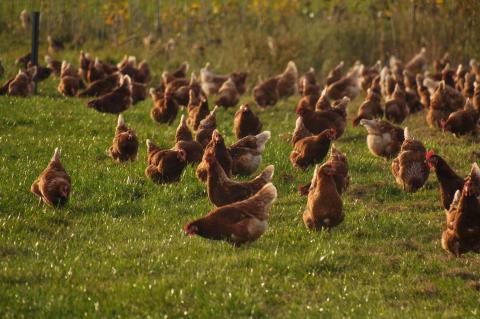Laying hens welfare

The sub-page is dedicated to the welfare priority area 2. Laying hens in alternative housing system.
The sub-page includes welfare indicators, factsheets and methods, reports on experimental studies, good welfare practices, training, webinars, scientific studies and guidelines.
Welfare indicators
Factsheets and Methods
GOOD WELFARE PRACTICES
SCIENTIFIC STUDIES
The aim of this study was to develop a valid and feasible method for measuring dust levels in poultry barns during veterinary inspections. For this purpose, the dust level was assessed in 12 Danish layer barns using six methods: a dust measurement based on the light scattering principle, dust accumulation on structures in the building, visibility as a function of airborne particles in the barn, the dust sheet test (1 h), the dust sheet test (2–3 h) and a modified dust sheet test where the sheet was replaced by black tape attached to the observer. The study showed that the dust sheet test, where the sheets are left in the barn for 2–3 h before being assessed, is a valid method to assess the dust level in poultry barns.
A scientific paper was published based on this scientific study: Mousqué et al. 2023. Validation of methods for assessment of dust levels in layer barns.
Last updated on 18.07.2025.
